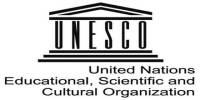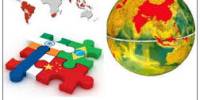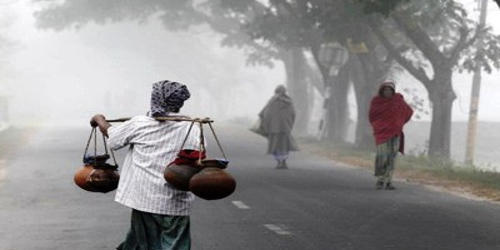Free Port
It is a port where no export or import duty is levied. They are meant to cut costs and bureaucracy, at the same time as encouraging innovation. They are designated by the government as areas with little to no tax in order to encourage economic activity. It is a specifically designated area where tariffs on imports are either substantially cut or waived in the hope of stimulating economic growth and trade. While located geographically within a country, they essentially exist outside its borders for tax purposes.
The concept is currently been debated due to a plan unveiled by the UK in August 2019 to launch several free ports in order to protect its trading links. In some cases, businesses that operate within these areas are given incentives, such as tax breaks. Companies operating within free ports can benefit from deferring the payment of taxes until their products are moved elsewhere, or can avoid them altogether if they bring in goods to store or manufacture on-site before exporting them again. Furthermore, free ports and zones could not so much create new revenue but rather divert existing economic activity into the area through the promised tax breaks.
Free ports have existed for centuries. It is an area inside the boundary of a country but is considered a separate entity for the purpose of customs. Numerous economic studies suggest that free ports can stimulate growth by making it easier to import goods. The medieval Cinque Ports of southern England and the northern European Hanseatic League benefited from special privileges, while bonded warehouses in the 19th century handed out tax breaks on alcohol and tobacco. Manufacturing businesses operating within the surrounding free zones ultimately benefit from cheaper components compared to those outsides.
A good example of this is the free zone in the Canary Islands, Spain, where there is a corporation tax of 4%, compared to 25% in the rest of the country. Ireland created the Shannon free zone in 1959 to encourage activity at its struggling airport. These areas include design, transport infrastructure, skilled labor, and sufficient capital within the free zone.
















